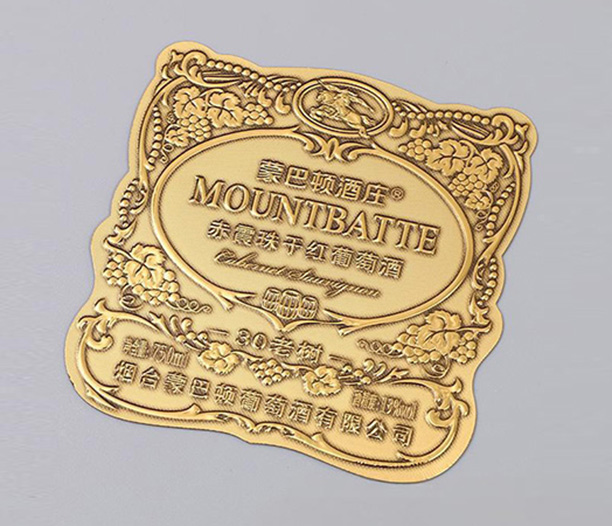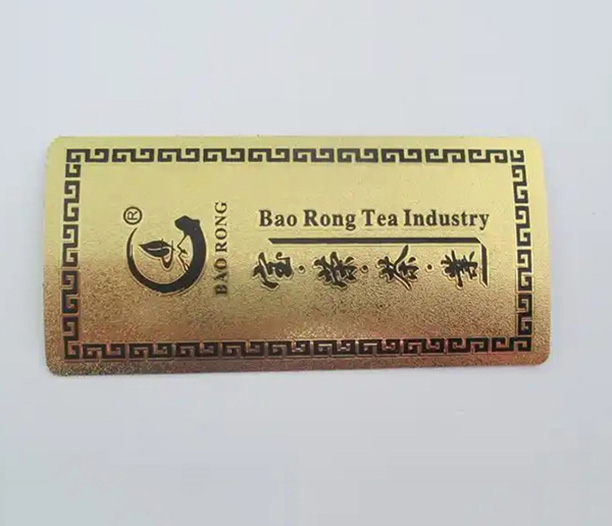If you've ever visited California or purchased a product from there, you've likely encountered a Proposition 65 warning sign. These labels, often found on everything from coffee cups to parking garages, can be confusing and alarming. What do they mean? Should you be concerned? This comprehensive guide will demystify Proposition 65, exploring its origins, requirements, controversies, and what it truly means for consumers and businesses alike. We'll break down the Proposition 65 warning sign into understandable parts and answer the most common questions surrounding it.

What is Proposition 65? The Story Behind The Warning
Formally known as the Safe Drinking Water and Toxic Enforcement Act of 1986, Proposition 65 is a California ballot initiative designed to protect the state's drinking water sources from contamination by chemicals known to cause cancer, birth defects, or other reproductive harm. It also mandates that businesses inform Californians about exposures to these chemicals.
The law is maintained by California's Office of Environmental Health Hazard Assessment (OEHHA), which is responsible for maintaining and updating the official list of chemicals that require a Proposition 65 warning sign. This list, which is updated at least once a year, has grown to include over 900 chemicals since the law's inception. The unique aspect of Prop 65 is that it places the burden of responsibility on businesses to provide clear and reasonable warnings. This has led to the ubiquitous nature of the warnings, as companies often choose to label products rather than risk costly lawsuits, even if the chemical exposure is far below federal safety limits.
Decoding the Label: What Does a Proposition 65 Warning Sign Actually Mean?
Encountering a Proposition 65 warning sign can be jarring. It typically states: "WARNING: This product contains chemicals known to the State of California to cause cancer and birth defects or other reproductive harm."
It's crucial to understand what this warning does and does not mean. The presence of a label does not mean that the product will necessarily cause harm. Instead, it signifies that the business has determined that the product exposes users to one or more listed chemicals at a level that exceeds what OEHHA calls the "safe harbor level." This "no significant risk level" is often extremely conservative, set at a threshold 1,000 times lower than the level found to have no observed effect in animal studies. For many chemicals, this means the warning is triggered at exposure levels far below those considered dangerous by other agencies like the FDA or EPA.
Therefore, a Proposition 65 warning sign is more of a notification of potential exposure rather than a definitive statement of danger. It informs you that a listed chemical is present, allowing you to make your own informed choice, but it does not provide context about the actual level of risk, which can be very low.
Where You'll See Them: Common Products and Places with Proposition 65 Warnings
The Proposition 65 warning sign has become so widespread that it appears on a vast array of products and in numerous environments. Its prevalence is a direct result of the law's stringent requirements and the active enforcement by private attorneys.
Here are some common places you will encounter a Proposition 65 warning sign:
Consumer Products: Electronics (cables, phones, computers) often contain heavy metals like lead. Furniture, cosmetics, and ceramic dishes may also carry warnings.
Food and Drink: Perhaps the most famous example is coffee, which contains acrylamide, a chemical formed during the roasting process. Alcoholic beverages, canned foods, and even some baked goods frequently have warnings.
Parking Garages and Fuel Stations: These areas post warnings due to vehicle exhaust, which contains chemicals like benzene and carbon monoxide.
Hardware Stores and Building Materials: Paints, solvents, and certain types of wood and tiles often carry warnings for chemicals like formaldehyde.
Amusement Parks and Tourist Spots: Rides may post warnings due to potential exposure to diesel exhaust or chemicals used in maintenance.
The sheer breadth of items bearing the label is why it's often met with skepticism; when everything has a warning, consumers may begin to ignore them altogether, a phenomenon known as "warning fatigue."
The Great Debate: Criticisms and Controversies of Proposition 65
While the intention behind Proposition 65—to protect public health—is widely supported, its implementation has sparked significant debate and criticism from businesses, legal experts, and even some consumer advocates.
For Businesses: The primary complaint is the cost and burden of compliance. The threat of litigation is very real. The law allows private citizens, advocacy groups, and attorneys to sue on behalf of the state and collect a portion of the penalties. This has led to a cottage industry of "bounty hunter" lawsuits, where firms target businesses, often small ones, for technical violations rather than actual public health threats. Many businesses, to avoid this legal risk, choose to place warnings on all products sent to California, even if the exposure level is minimal.
For Consumers: The main criticism is that the warnings lack crucial context. A Proposition 65 warning sign does not tell you what the chemical is, how much is present, or how you might be exposed. This can lead to unnecessary fear and confusion. Furthermore, the overuse of the warnings can cause them to lose their effectiveness. If warnings are on everything, consumers may stop paying attention to them, even in situations where the risk might be more substantial.
Proponents of the law argue that it has been a powerful tool for public health, forcing manufacturers to reformulate products to remove harmful chemicals, thus creating safer goods for everyone, not just Californians.

Proposition 65 and Businesses: Understanding Legal Obligations
For any company selling products in California, understanding Proposition 65 is not optional; it's a critical legal requirement. The obligations for businesses are twofold:
Prohibition on Discharging Listed Chemicals into Water Sources: Businesses cannot knowingly discharge listed chemicals into water sources that may contaminate drinking water.
The Warning Requirement: Businesses must provide a "clear and reasonable" warning before exposing anyone to a listed chemical. This warning can be on a product label, a shelf tag in a store, or a sign at the entrance to a facility.
Failure to provide an adequate warning can result in civil penalties of up to $2,500 per day per violation. Given that each product sold without a proper warning can be considered a separate violation, the financial risk is enormous. This is why most companies conduct thorough Prop 65 compliance reviews, often involving laboratory testing of their products, to determine if a warning is necessary.
Beyond the Warning: How to Respond as a Informed Consumer
So, what should you do when you see a Proposition 65 warning sign? Panic is not the answer. Instead, follow these steps to become an informed consumer:
Don't Assume Immediate Danger: Recognize that the warning is often based on exposure over a lifetime and at levels that may be significantly lower than federal standards.
Seek More Information: The warning itself is vague. If you are concerned, contact the product manufacturer directly and ask which specific chemical triggered the warning and what the exposure pathway is (ingestion, inhalation, etc.).
Put Risk in Perspective: Compare the potential exposure from the product to other everyday risks. For example, the acrylamide in a cup of coffee presents a vastly different risk profile than lead in an imported toy.
Make Informed Choices: Use the warning as a starting point for research, not an ending point for fear. You can then decide if you want to seek an alternative product or simply accept the minimal risk.
Frequently Asked Questions (FAQ) About Proposition 65 Warning Signs
Q1: If a product has a Proposition 65 warning, does that mean it's unsafe?
A: Not necessarily. It means the business has determined that the exposure to one or more listed chemicals meets or exceeds the very conservative "safe harbor" level set by California. These levels are often far more stringent than federal safety standards.
Q2: Why do I see the same warning on so many different products?
A: The list of chemicals is very long (over 900), and they are found in a wide variety of materials and processes. To avoid the risk of massive lawsuits, many businesses choose to place the warning on their products proactively, even for trace amounts.
Q3: Are products without a Proposition 65 warning sign safer?
A: They may be, or they may simply not be sold in California and therefore not subject to its labeling laws. A product without a warning sold in California suggests the business has determined the exposure to listed chemicals is below the safe harbor level.
Q4: Can I be sued under Proposition 65 as an individual?
A: No. The law is directed at businesses with 10 or more employees.
Q5: Has Proposition 65 been successful?
A: It has been successful in its core mission of raising public awareness and forcing manufacturers to remove harmful chemicals from products. Many items, from jewelry to water bottles, have been reformulated to be safer to avoid needing the warning. However, its success is tempered by criticisms of its litigious nature and the desensitization of consumers to the warnings.
In conclusion, the Proposition 65 warning sign is a unique and powerful consumer right-to-know law with a complex legacy. It serves as a notification of potential exposure to certain chemicals, but it is not a definitive measure of danger. By understanding its purpose, limitations, and controversies, both consumers and businesses can navigate its requirements with greater clarity and less anxiety.






